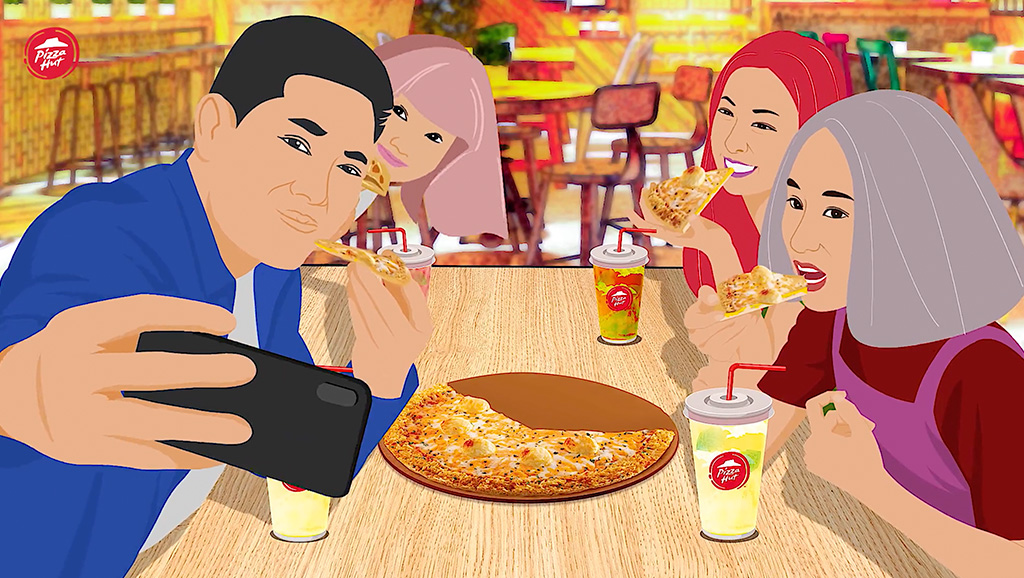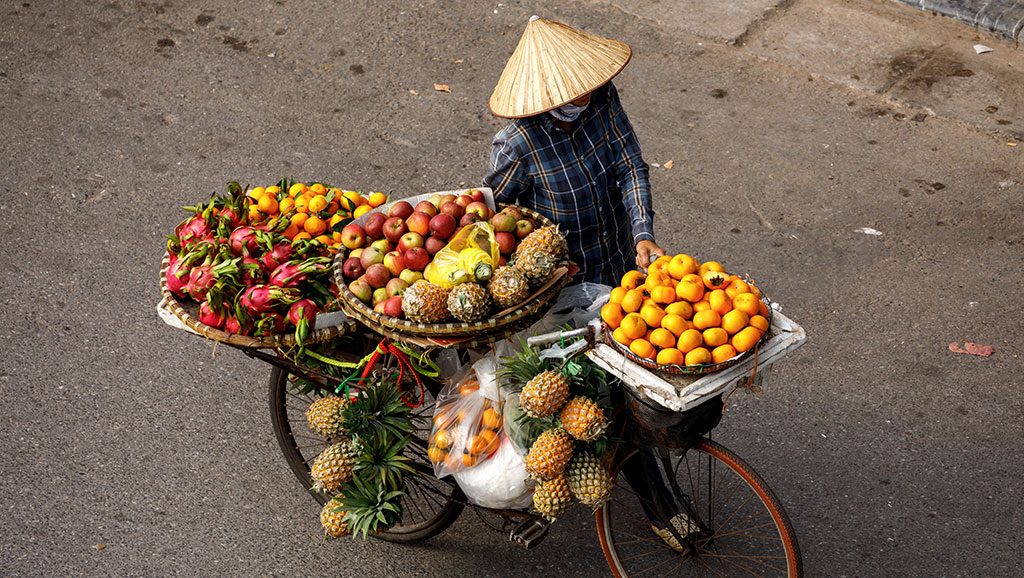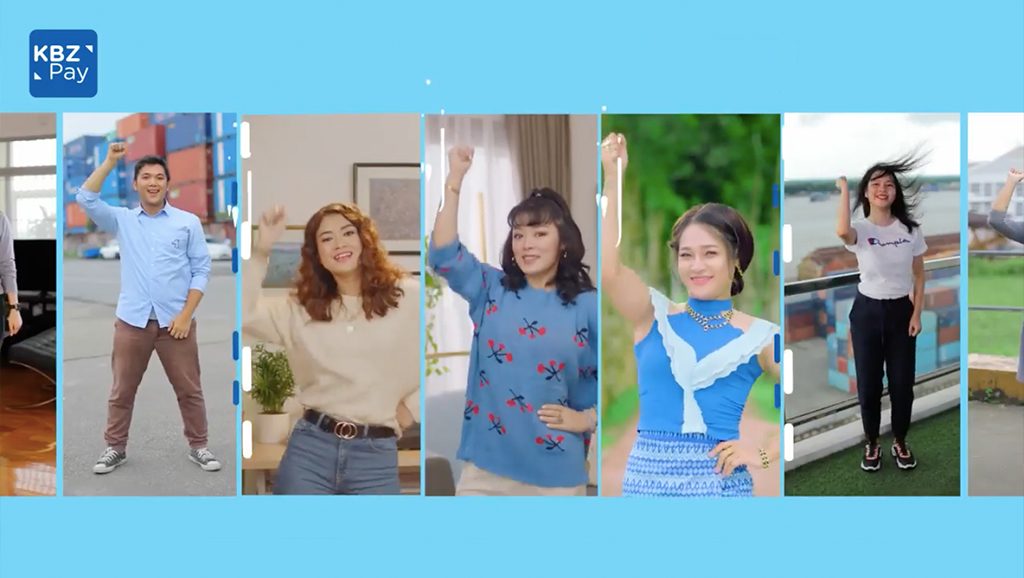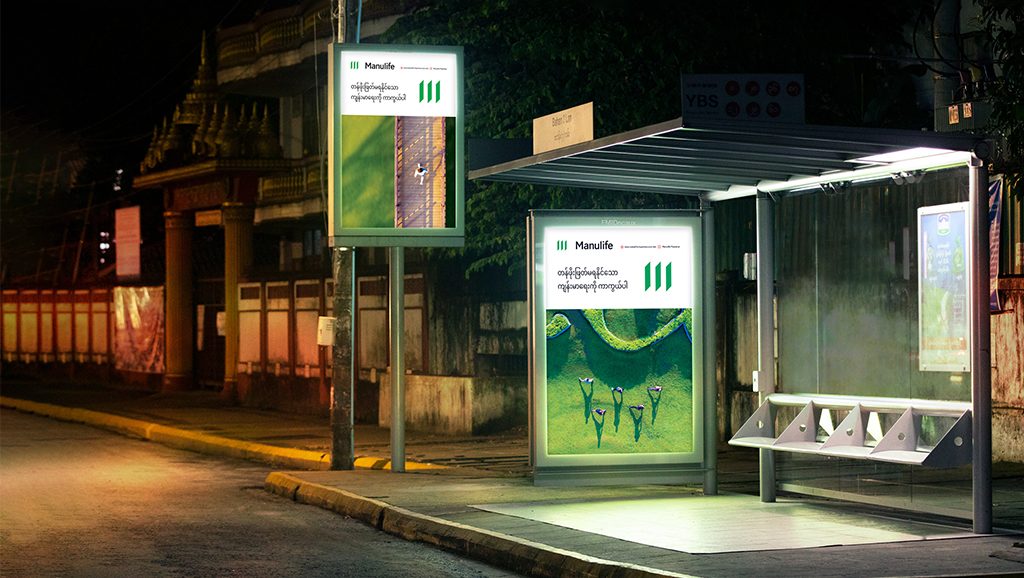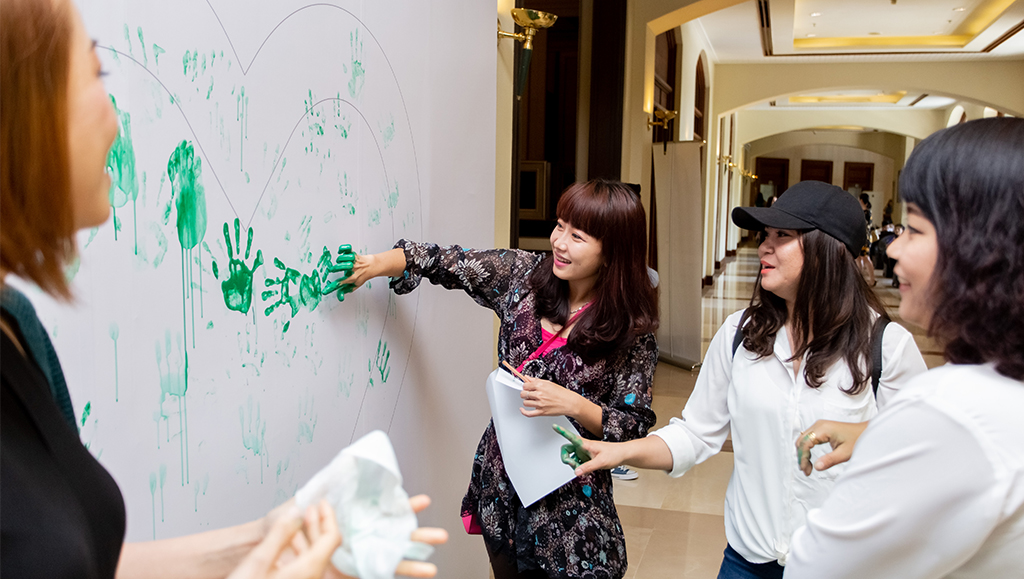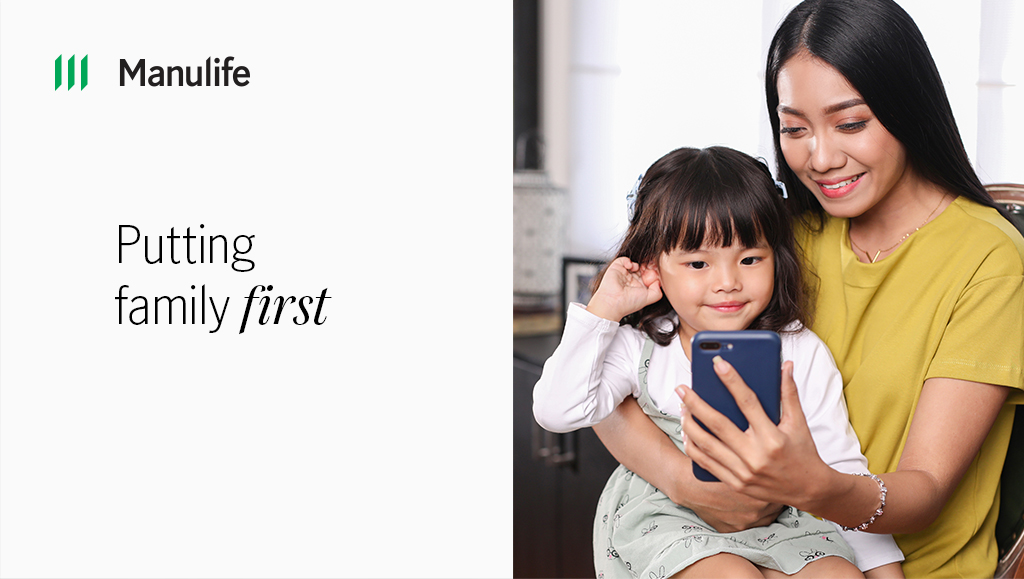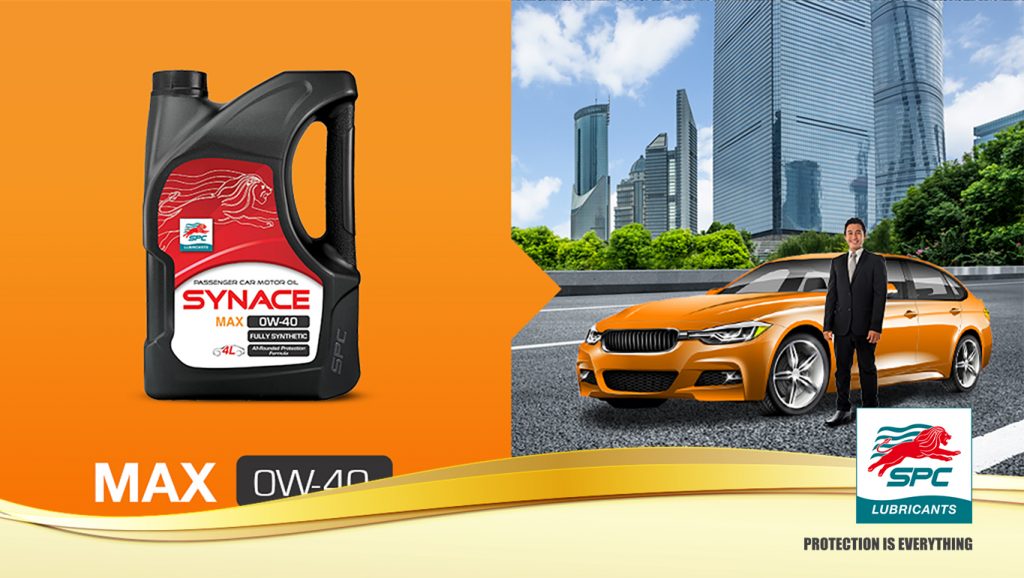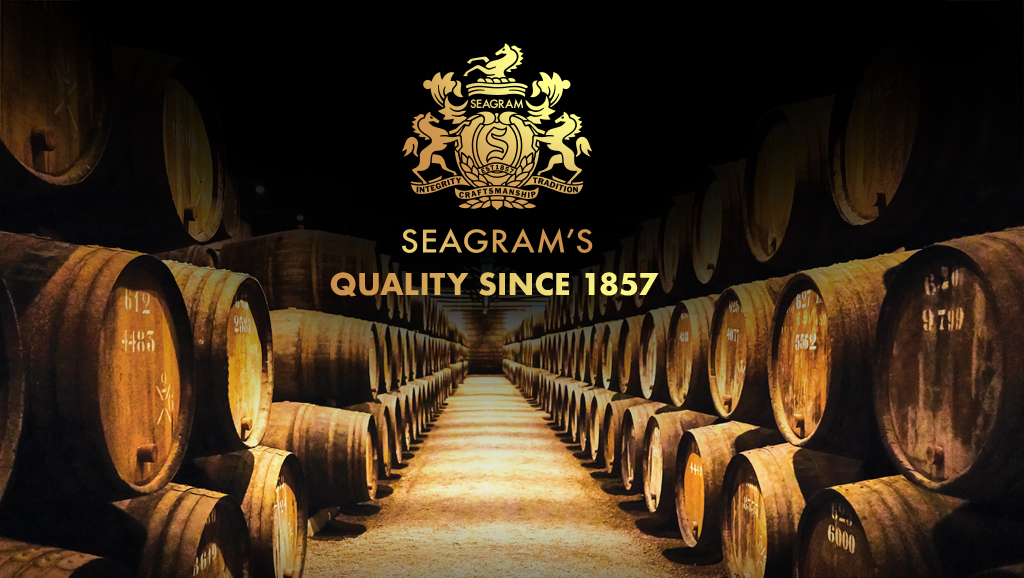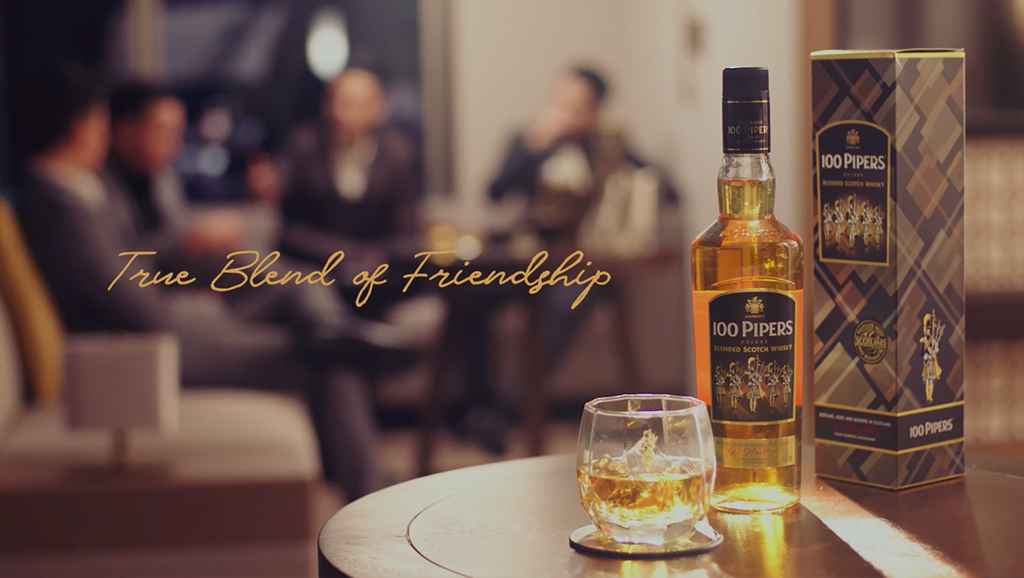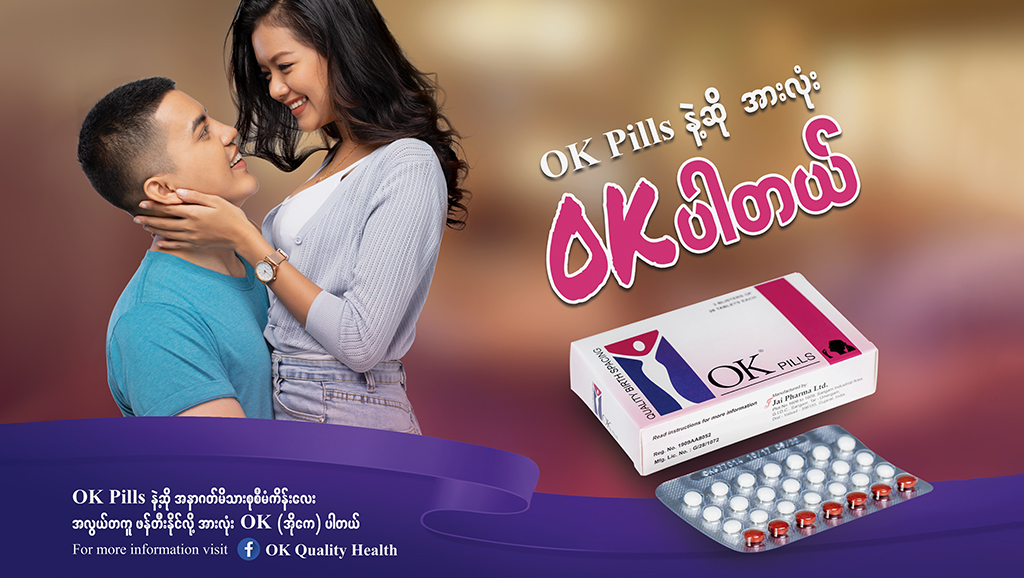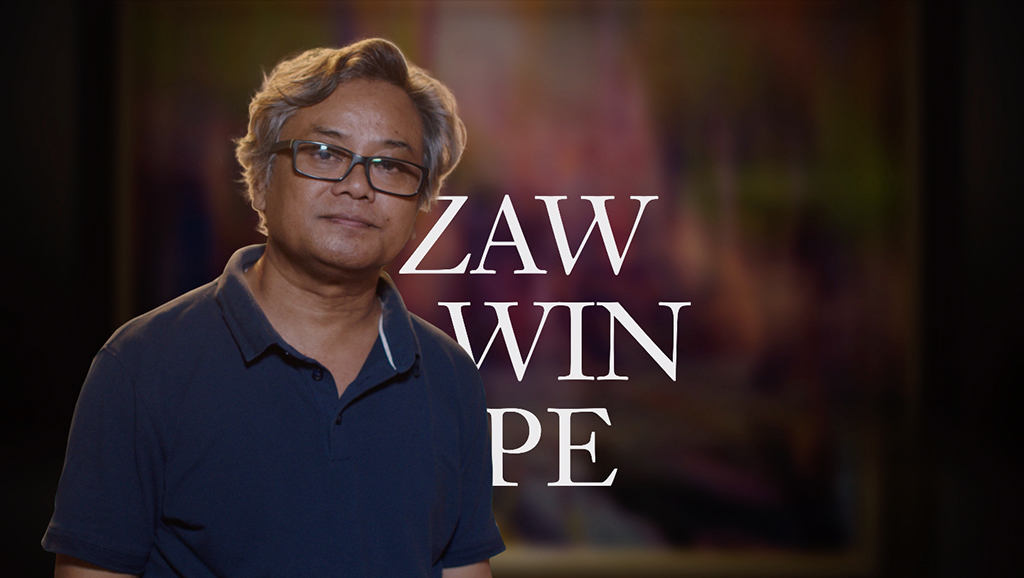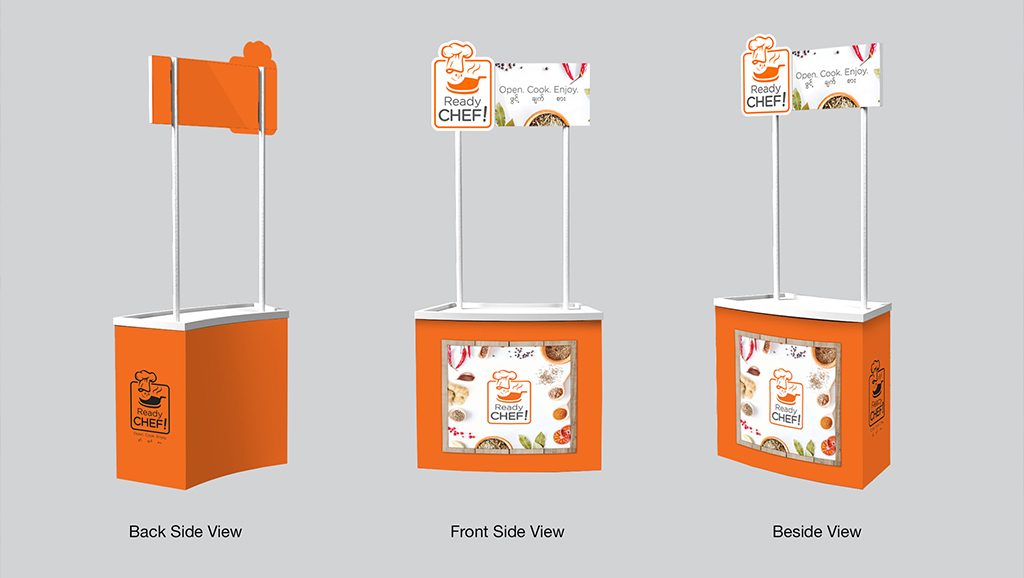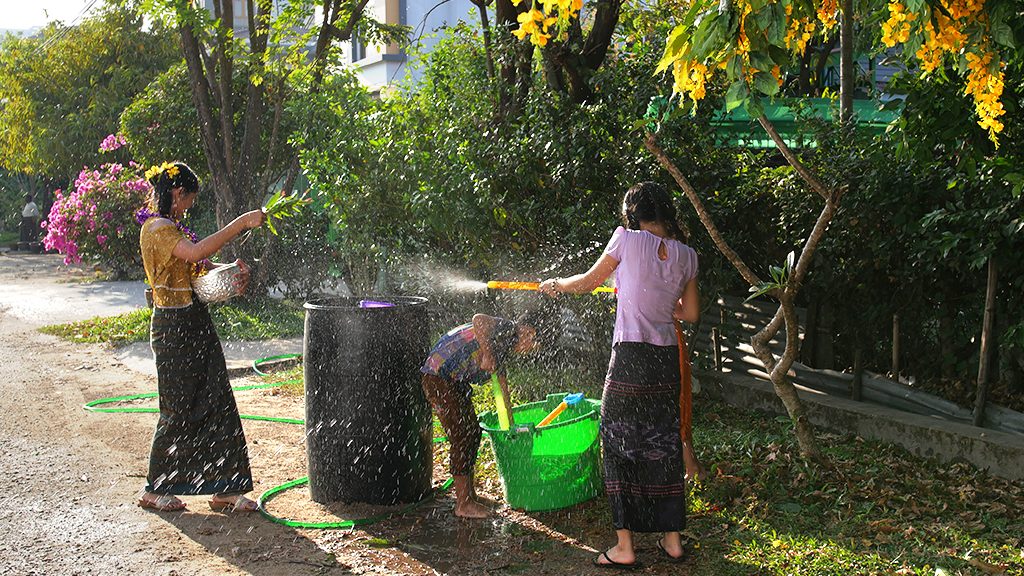
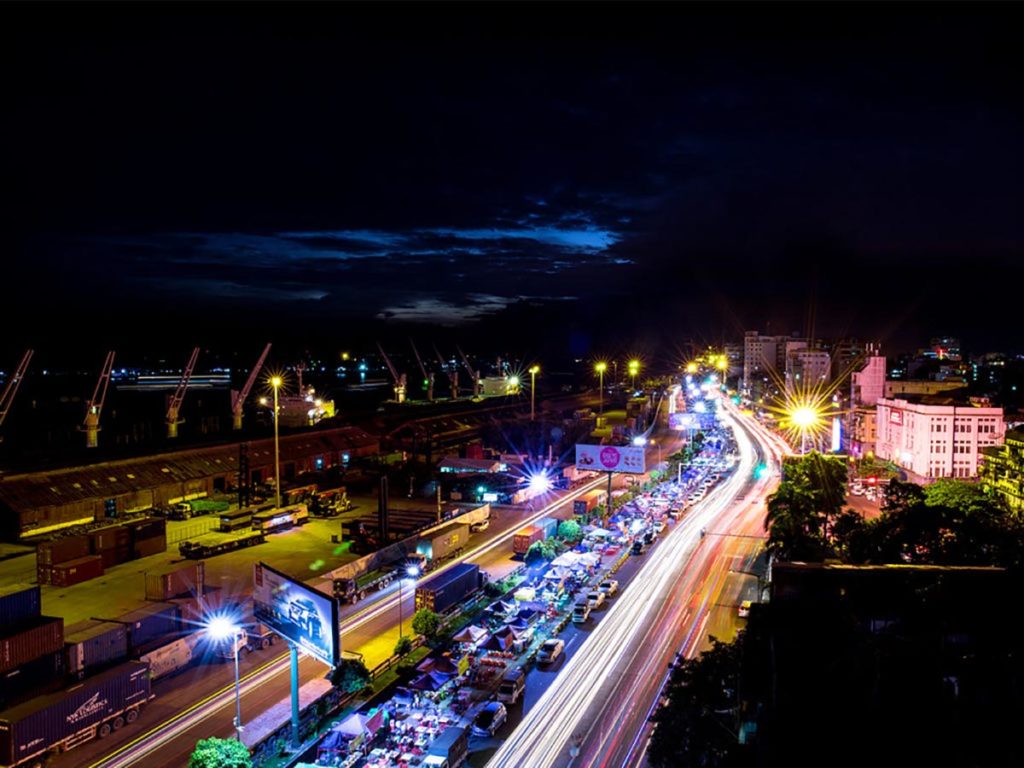
For an advertiser, Myanmar can often be seen as a kind of dreamland. With a fiercely upward mobile and aspirational population of over 50 million people, more than half of which are below the age of 30, the country is filled with consumers looking to form new habits and connect with with brands in ways they couldn’t before. Many financial analysts are also looking to Myanmar to be the next Southeast Asian success story, with predictions of as high as 10% economic growth year over year in the near future.
But all is not as it seems, and bringing your brand to Myanmar can also often present unique challenges your organization may have not faced anywhere else. Here’s a few of our biggest tips as you enter the Myanmar market, as well as some enterprising work being done by brands in the country right now.
Assembling a Local Team
Our number one piece of advice to clients is to assemble a local team made up of truly Myanmar people. Tackling challenges of cultural sensitivity, language and bureaucracy can only be made all the more difficult when working with people who are unfamiliar with their bearings. Even before your brand is released in-country for the first time, a local support system will mean that conducting background research will be done efficiently and precisely.
As an agency, we think this is one of the biggest reasons that we’re the best at what we do, and we’re proud to boast a predominantly local team, lead by international industry experts. It’s why clients like Visa, NESCAFÉ, and Carlsberg come to us to break into this hypercompetitive space.
Introducing your Brand
Even with years of isolationism behind them, many Myanmar consumers outside of cities may be unfamiliar with some of the world’s most popular brands and products. It is essential to not only advertise your brand, but also market it and introduce Myanmar consumers to the utility you can provide them.
Perhaps most famously as of recent, Coca-Cola (one of the world’s most recognizable brands) launched a marketing and education campaign on the best way to consume Coke — ice cold. For one of our own clients, Visa, we’ve created a total of 10 short testimonial videos to educate Myanmar merchants and cardholders about the benefits of buying with Visa.
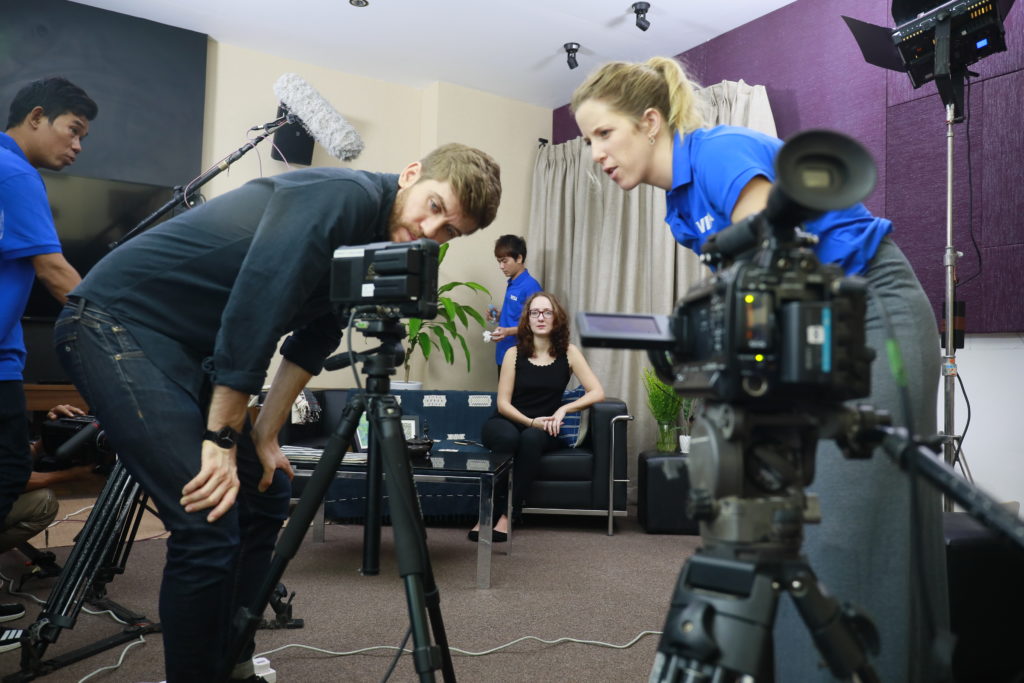
Growing with Myanmar
Whether it’s establishing previously nonexistent infrastructure, forming new partnerships with vendors to fill your business’ needs, or upgrading structures and systems that already exist — it’s likely your brand will have to enter this market differently than many others around the world. While Myanmar boasts an extensive highway system between major cities (especially Yangon and Mandalay), roads to far-flung territories can often be rough and complicate logistics.
Similarly, when Pizza Hut began operations in Myanmar, one of their first complications was setting up a supply chain that could service their limited amount of stores. A problem of economies of scale, executives had to convince suppliers that as the number of franchises in the country increased, so would business and profits.
Tailoring Products and Advertisements to Myanmar Consumers
Even though a brand or product might resonate with customers around the world, it’s important to consider the unique perspectives, needs and wants of Myanmar consumers. Replicating cookie-cutter strategies has spelled the demise of countless brands in Myanmar.
International fast food mainstays like Lotteria, Pizza Hut and KFC have all recently entered Myanmar and are quickly gaining popularity among urbanites. Unlike their other global franchises however, each chain has tailored their menus to feature dishes more aligned with Myanmar consumers’ tastes. For example, KFC’s local Myanmar menu includes entrees suited to Myanmar foodies’ spicy tastes, and other offerings not found elsewhere like soups and rice.
Similarly, as western-style shampoos become more and more popular, brands like Nivea and Sunsilk are introducing themselves not through traditional 500ml or 1L bottles, but instead through single-use sachets. The small packets are easily transported, but moreover can be bought at prices even rural consumers can manage.
In Conclusion
Making Myanmar your brand’s new home presents many unique challenges, but even more exciting and rewarding opportunities. By choosing the correct team, and being mindful of the realities of the Myanmar market, you’ll give yourself an advantage from the start. And as always, we’re to help.


